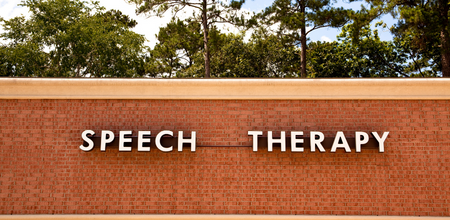The Question
Are there differences between the type and rates of agitation between males and females following initial traumatic brain injury?
Past Studies
Past Studies state that agitation can occur following traumatic brain injury. Agitation refers to restlessness and excessive behavioral responses. Agitation can interfere with the rehabilitation process and prevent the achievement of rehabilitation goals.
Researchers have found differences in female and male animals after nervous system injuries. The researchers suggest that female animals show fewer deficits. They suspect this may be related to the female hormonal system. In studies of individuals with Alzheimer’s Disease, males showed more aggression with agitation compared to females. There is very little information about differences that may exist for females and male humans with traumatic brain injury and agitation. Past researchers have found inconsistent rates of agitation in studies of inpatients with traumatic brain injury.
This Study
This study included 158 individuals with primarily severe brain injury from one inpatient rehabilitation center. The researchers statistically analyzed information obtained by medical record review, observation, and clinical evaluation. The researchers used the Agitated Behavior Scale (ABS) to evaluate the participants for agitation. The ABS measures and records the characteristics of an individual’s agitation over time. It provides clinicians with information about the course of an individual’s agitation, which is important for treatment planning.
The researchers did not find differences in the rates of agitation between females and males based on the criteria of three or more abnormal ABS scores in 48 hours. The rate of agitation for all participants was 41%. The average length of the participants’ agitation was about 15 days.
The researchers also did not find differences in the rates of agitation between females and males based on the criteria of two or more abnormal total ABS scores in 48 hours. The rate of agitation for participants was 51%. The average length of the participants’ agitation was about 16 days.
There were no differences between males and females for the characteristics of agitation. Males and females experienced similar scores that measured the intensity and length of agitation. They also experienced similar scores that rated the expression of aggression, disinhibition, and emotional behavior.
Overall, the presence of agitation was associated with a significant increase in the amount of days spent in inpatient rehabilitation.
Who May Be Affected By These Findings
Individuals with traumatic brain injury and their loved ones, health care providers, researchers.
Caveats
This study is limited because it only included a small number of individuals from one inpatient rehabilitation setting. The majority of the individuals in this study had severe traumatic brain injury. A similar study with larger amounts of participants from multi-settings with various levels of severity would provide information that is generalizable to all individuals with traumatic brain injury.
Bottom Line
In this study, the researchers did not find differences between males and females for the characteristics and rates of agitation following traumatic brain injury.
Please take a moment to comment on the value of this abstract:
Click here to take a brief survey
Find This Study
Kadyan, V., Mysiw, J., Bogner, J., Corrigan, J. D., Fugate, L., & Clinchot, D. M. (2004). Gender differences in agitation after traumatic brain injury. American Journal of Physical Medicine and Rehabilitation, 83, 747-752.









